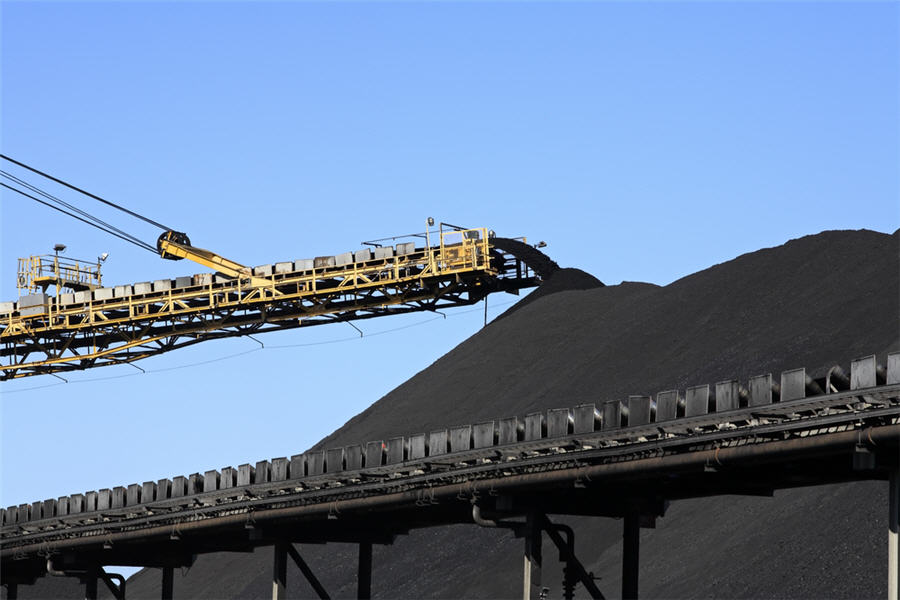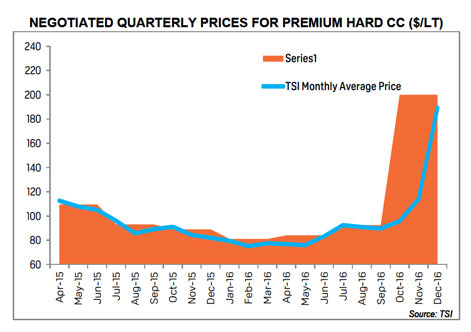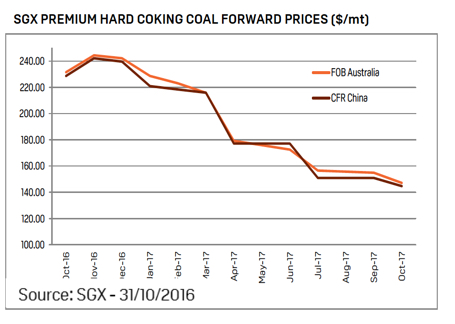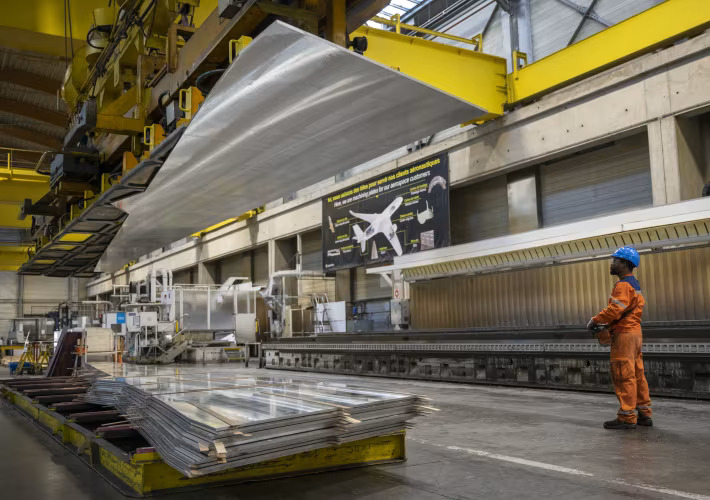6 reasons coking coal price will tank

Coking coal prices continued to defy gravity on Friday trading at $270.50 a tonne after 18 straight sessions without a down day. According to data provided by the Steel Index premium Australia hard coking coal prices are up nearly four-fold since hitting multi-year lows around $70 a tonne in November last year.
Coking coal has been generally spared from its output cuts, an oft used excuse used to blame soaring prices
The seaborne coal rally was also spurred by supply issues after Beijing’s decision to limit coal mines’ operating days to 276 or fewer a year from 330 before as it seeks to restructure the industry. Chinese government stimulus plans which saw steel production and demand for power pick up only added fuel to the fire. Authorities recently relaxed some of the production curbs, but that has done little to cool down the market.

Source: The Steel Index Coking Coal Review
But reports suggest that the tightness in the coal market, particularly coking coal, may not be all that grounded in reality.
The Steel Index in its monthly coking coal review notes that according to the Chinese National Bureau of Statistics, domestic coking coal production in China is only down only 1.6% for the first 9 months of year, compared to the same period last year, to about 331 million tonnes.
“This implies that coking coal has been generally spared from its output cuts, an oft used excuse used to blame soaring coking coal prices,” says TSI.
Another reason the industry is worrying about a coking coal price bubble is speculation by Chinese investors in derivatives of steel, met coal and iron ore (the so-called ferrous complex). Lacklustre domestic equity markets and few investment opportunities on the mainland have seen the emergence of debt-fuelled retail investment frenzy.
The Financial Times quotes a hedge fund manager in Shanghai as saying “hedge funds looking for fixed returns. They’re not familiar with commodities, so [this] strategy looks good to them. Someone else takes the big risk”:
But this form of margin lending, known in Chinese as peizi, mirrors the type of shadow bank-style margin financing that helped fuel the Chinese stock market boom last year. Once the market turned, margin calls amplified losses as investors were forced to liquidate their holdings to repay loans.
China imported 24.3 million tonnes of coal in September, up more than 33% compared to last year according to official customs data. But imports were down 14% month-on-month as rocketing prices prompt traders to adopt a wait and see approach to the overheated market.
The market appears to believe that whilst persistently rising spot prices have shifted the front contract months higher, future prices will adjust to reflect a more stable supply/demand dynamic
Beijing’s central planning agency tried to reassure the market this week, calling the rise in coal prices “irrational” and also blamed speculation.
Coal stocks at five major ports in north China’s Bohai Rim region have risen nearly 50% from August lows of previous weeks to 15 million tonnes, while inventories at major power plants have increased by more than a third to 65 million tonnes according to the National Development and Reform Commission.

Source: The Steel Index Coking Coal Review
Coking coal futures trading in Singapore also point to a big correction in the market with a huge gap opening up between fourth quarter 2016 and fourth quarter 2017 prices says TSI:
The Q4’16/Q4’17 spread at the end of September was priced in around US$45/t, but had risen to US$92/t by October’s end. The market appears to believe that whilst persistently rising spot prices have shifted the front contract months higher, future prices will adjust to reflect a more stable supply/demand dynamic, with long-run pricing around US$145/tonne.
Finally, quarterly contract negotiations may also point to rationality returning to the market. TSI reports fourth quarter benchmark talks had been a “fraught negotiation process with the first settlement only agreed 10 days into the start of the quarter”.
Japanese steel mills and various Australian producers agreed to a price of $200 a tonne for premium coking coal deliveries over the last quarter of the calendar year. While this represents a rise of 116% over the previous quarter, it’s a long way away from spot prices.
In 2011 floods in key export region in Queensland saw the coking coal price touch an all-time high $335 a tonne. Steam coal peaked just shy of $140 a tonne in January 2011.
{{ commodity.name }}
{{ post.title }}
{{ post.date }}




Comments